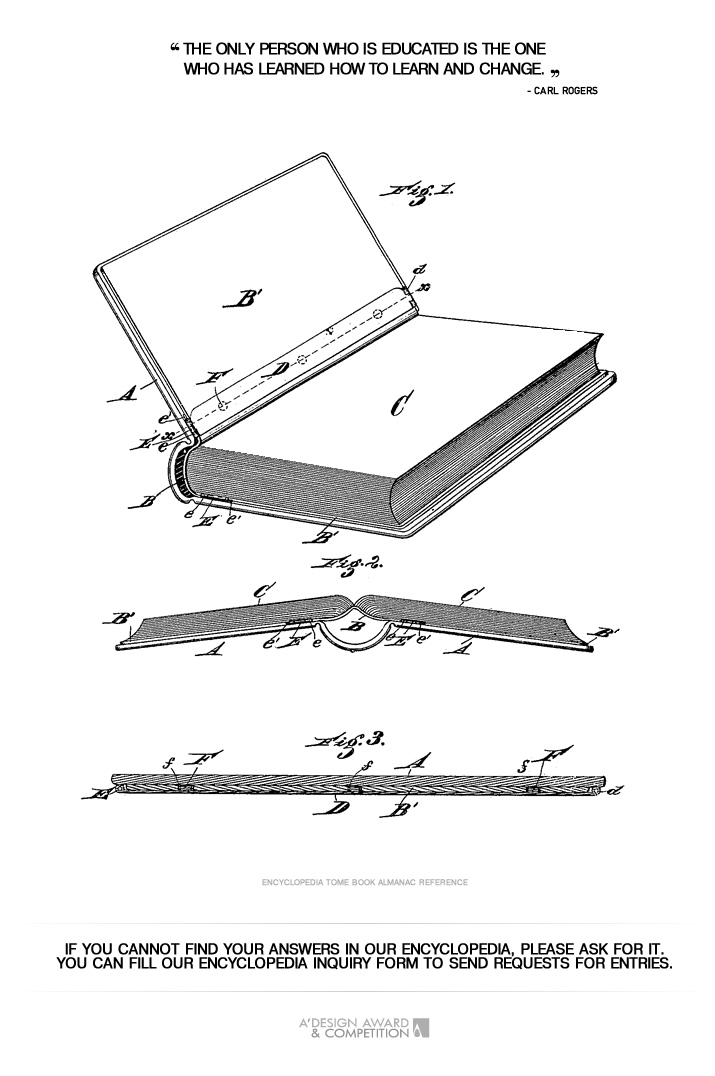
| THE AWARD |
| CATEGORIES |
| REGISTRATION |
| SUBMIT YOUR WORK |
| ENTRY INSTRUCTIONS |
| TERMS & CONDITIONS |
| PUBLICATIONS |
| DATES & FEES |
| METHODOLOGY |
| CONTACT |
| WINNERS |
| PRESS ROOM |
| GET INVOLVED |
| DESIGN PRIZE |
| DESIGN STORE |
| THE AWARD | JURY | CATEGORIES | REGISTRATION | PRESS | WINNERS | PUBLICATIONS | ENTRY INSTRUCTIONS |
Soviet Graphic Design - Entry #205655 |
Home > Design Encyclopedia > 205655 |
 Soviet Graphic Design
Soviet Graphic Design
Soviet Graphic Design was a distinct genre of graphic design and visual art that emerged from Soviet Russia in the 1920s and 1930s. Characterized by its socialist realist aesthetics, bold typographical choices, and minimalist color palettes, the movement famously employed mass media to communicate its messages to the larger public. Among its most renowned practitioners was the celebrated graphic artist Alexander Rodchenko, who created iconic works such as his Constructivist poster 'For the Cotton Mill', and his photomontage 'The Komsomol Worker'.
Author: Olga Ivanova
Keywords: Soviet graphic design, constructivism, Alexander Rodchenko, photomontage.
 Soviet Graphic Design
Soviet Graphic Design
Soviet Graphic Design was a visual art movement that emerged in the Soviet Union in the 1920s and 1930s. It was characterized by its socialist realist aesthetics, which aimed to promote Soviet ideology and values through visual communication. Soviet graphic designers used bold typography, minimalist color palettes, and photomontage techniques to create posters, book covers, and other forms of visual media that were aimed at the general public. The movement was heavily influenced by the Constructivist and Suprematist art movements, which emphasized geometric shapes, abstraction, and the use of industrial materials. One of the key aspects of Soviet Graphic Design was its use of mass media to disseminate its messages. Posters were particularly important in this regard, as they could be easily reproduced and distributed throughout the country. Soviet graphic designers created posters for a wide range of purposes, including political propaganda, social education, and commercial advertising. They also designed book covers, magazines, and other forms of print media that were intended to reach a broad audience. Another important aspect of Soviet Graphic Design was its emphasis on collaboration and collective work. Many of the most famous Soviet graphic designers, such as Alexander Rodchenko and El Lissitzky, worked closely with other artists, writers, and designers to create their works. They also collaborated with government agencies and organizations to produce propaganda and other forms of visual communication. Despite its association with Soviet propaganda, Soviet Graphic Design was also known for its innovative and experimental approach to visual communication. Many Soviet graphic designers pushed the boundaries of traditional design practices, experimenting with new techniques and materials to create striking and memorable works. Some of the most famous examples of Soviet Graphic Design include Rodchenko's iconic posters for the Soviet Pavilion at the 1925 Paris Exposition, and El Lissitzky's book cover designs for the children's book The Story of Two Squares.
Author: Matthew Lopez
Keywords: Soviet Union, socialist realist aesthetics, mass media, collaboration, experimentation
 About the Design+Encyclopedia
About the Design+EncyclopediaThe Design+Encyclopedia is a crowd-sourced reference of information on design. Unlike other crowd-sourced publications on design, the Design Encyclopedia is edited and actively monitored and publishing is only possible after review of submitted texts. Furthermore, editors of the Design Encyclopedia are mostly consisting of award winning designers who have proven their expertise in their design respective fields. Information posted at design encyclopedia is copyrighted, you are not granted a right to use the text for any commercial reasons, attribution is required. If you wish to contribute to the design encyclopedia, please first register or login to A' Design Award and then start a new design encyclopedia entry.

If you did not find your answer, please feel free to check the design encyclopedia for more entries. Alternatively, you can register and type your own definition. Learn more about A' Design Award's Design+Encyclopedia.
